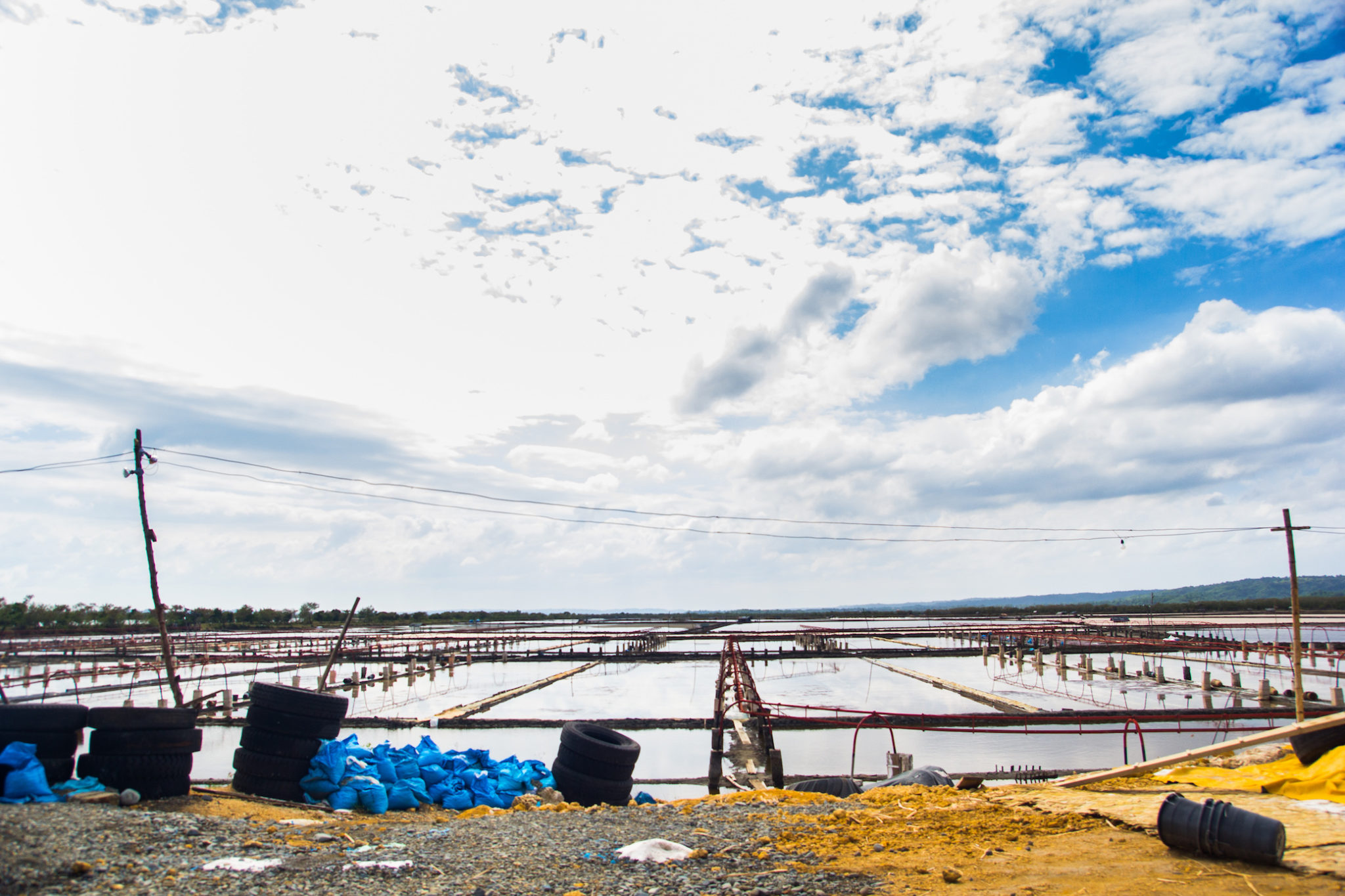Apart from just making food taste better (or the rest of its 14,000 uses), salt creates jobs and livelihood for thousands of Filipinos. We are surrounded by sea, anyway. Yet despite this, you may be surprised to know that the seasoning on your table most likely came from China and Australia. How did it end up like that?
For health reasons

If you grew up in the ‘90s, then you’ll surely remember then-Health Secretary Juan Flavier’s insistent campaign to promote the consumption of iodized salt. It was just impossible to get away from it because the commercial jingle and the ads that came with it preached about the use of iodized salt in order to live better. That whole drive was due to Republic Act 8172, better known as the ASIN Law (Act for Salt Iodization Nationwide), which solely pushed for the addition of iodine in salt to address deficiencies. The campaign was actually more for the underprivileged sectors of society, those who relied on saltier food to get by every day and were, therefore, more susceptible to the risks of iodine deficiency.
Consequently, the stringent iodization standards ended up crippling local salt manufacturers. Owning and running a salt farm had become more difficult because of all the red tape manufacturers had to go through. So instead of meeting the challenges head on, local players chose to defer the process. “Different salt players, different salt farmers had different attitudes. Some companies wholeheartedly embraced it. They embraced change,” explains Gerard Khonghun, a salt engineer for Salinas, a salt manufacturer going into producing gourmet food-grade salts.
As of 2016, 80 percent or $24.4 million worth of salt in the Philippines is imported, according to the International Trade Centre.
The inability of the majority of local salt manufacturers to step up to the iodization standards inevitably forced merchants and consumers to import salt from China and Australia, which pass the criteria. By doing this, the Philippine players inadvertently dug their own grave as foreign manufacturers edged them out of the scene and left local assets underutilized. As of 2016, 80 percent or $24.4 million worth of salt in the Philippines is imported, according to the International Trade Centre.
“It’s taking away from the potential livelihoods of Filipinos who live in the shoreline,” says chef Myke “Tatung” Sarthou, who promotes local salt production. A substantial part of Sarthou’s salt advocacy is not only to support the local industry but also to educate Filipinos about the salt they buy. Khonghun estimates that the local salt industry maximizing its assets would generate around 50,000 jobs, but the money that could be going into all those wages is instead going to salt imports.
Not the enemy

Despite the damage the ASIN Law had done to the industry and what some people close to the situation may think, both Sarthou and Khonghun maintain that the law wasn’t wrong, and iodization was absolutely necessary for health reasons. Iodization is not the major culprit, as both imported and local salts can be iodized.
“When you talk of iodine deficiency, we’re addressing the needs of the mass base of Filipinos. They’re not eating well enough, and one of the best carriers for iodine is salt,” says Sarthou. And Khonghun agrees: “The law makes it clear that it’s a human health necessity. We need iodine in our bodies to keep us healthy… to avoid goiter, low IQ, cretinism, mental retardation, and all of these effects.”
Instead of actually doing away with iodized salt, they’re both actively pushing for the use of better salts. Sarthou and Khonghun reveal that the salt an ordinary citizen can easily buy at a market is an industrial-grade salt that has just sharp saltiness, without any minerals to round out the flavor. It isn’t really suitable for food consumption.
“Different salt players, different salt farmers had different attitudes. Some companies wholeheartedly embraced it. They embraced change,” explains Gerard Khonghun.
The two are actively calling for a nuanced reworking and relaxing of the iodization standards of the ASIN Law, among other issues that the law leaves open. A proper amendment would allow artisanal salts—which shouldn’t be iodized—to flourish in the country and open up a previously unexplored niche market. As for the local iodized salt, it would also call for better support of the local industry, loosening the strict rules and establishing agencies and partnerships to make it easier to run a salt manufacturing business and hopefully jumpstart an ailing industry.
They believe that the important step to take at the moment lies completely in educating the people about the ingredient they’re taking for granted. To them, once people are well-versed in the challenges and issues Philippine salt is facing, the solutions will come more easily. When that happens, perhaps figuring it out will be as easy as sprinkling salt on your food.
Originally published in F&B Report Vol. 14 No. 4





